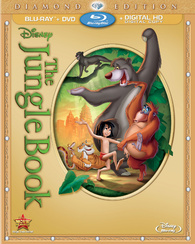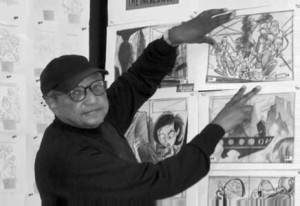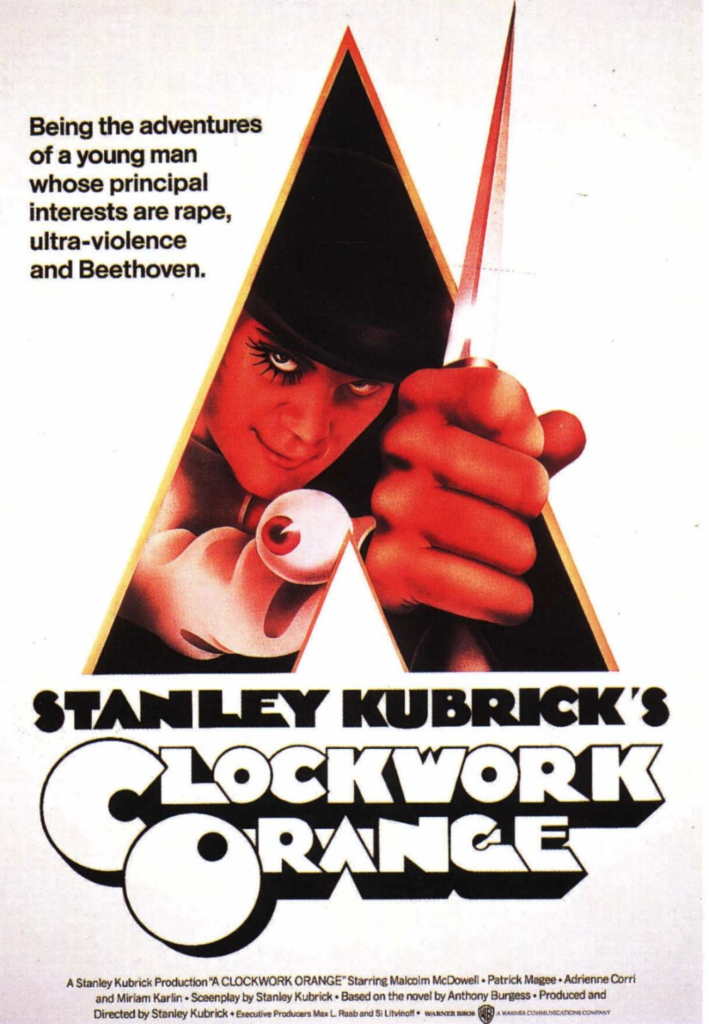 Animator, Floyd Norman was named a Disney Legend in 2007. His first feature for Disney’s “Sleeping Beauty”. He worked under Walt’s personal supervision on story sequences for “The Jungle Book”. In 1997, Norman moved to Pixar Animation Studios where he joined the story crew for “Toy Story 2” and “Monsters, Inc.”. He continues to work for The Walt Disney Co. as a freelance consultant on various projects. Media Mikes had a chance to chat with Floyd about “The Jungle Book” and working personally with Walt Disney.
Animator, Floyd Norman was named a Disney Legend in 2007. His first feature for Disney’s “Sleeping Beauty”. He worked under Walt’s personal supervision on story sequences for “The Jungle Book”. In 1997, Norman moved to Pixar Animation Studios where he joined the story crew for “Toy Story 2” and “Monsters, Inc.”. He continues to work for The Walt Disney Co. as a freelance consultant on various projects. Media Mikes had a chance to chat with Floyd about “The Jungle Book” and working personally with Walt Disney.
Mike Gencarelli: Tell us what it is like to see a film like “The Jungle Book” restored and presented on high definition Blu-ray?
Floyd Norman: It is delightful to know that people still appreciate this film. It continues to amaze us that worked on it nearly 50 years ago that it is still loved by audiences. It seems to have a life of its own and I love that.
MG: Have you seen it yet and if so how do you feel it looks having worked on it?
FN: I do not really see that much of a difference. I know that the film looks clean and pristine. The guys who did the restoration have done a terrific job, so no complaints there.
MG: You worked under Walt Disney’s personal supervision on story sequences including the song “Trust in Me”, tell us about that process?
FN: It was very simple [laughs]. In a way it was simple, yet also very complex. When I began working on this particular sequence, I was handed some rough notes from Larry Clemmons, who was credited on the film for the story. I called him our writer because he has an actual typewriter and that made him a real writer [laughs]. So he wrote me notes about the sequence and for this one it was going to be Mowgli’s meeting with Kaa the Snake. So that is pretty much all I got. We were told that Kaa was going to try and hypnotize him and then funny stuff would happen. So that is what I had to go with “funny stuff was going to happen”. I had to come up with that “funny stuff”. So like I said in one sense it was a very simple job as well as being very complex because we had to figure out what was that funny stuff and how was it going to happen. They just kind of turned you loose and let you do your job.
MG: How long did a scene like that take to complete?
FN: It is difficult to remember. I would say a few weeks, maybe three weeks to completely storyboard that sequence. That was considered normal during that time. I had no real rush because Walt Disney was either in Europe or working on other matters and wasn’t able to review it right away. So I definitely had amble time to work on it.
MG: Did you find that working directly with Walt Disney did you have any creative freedom or did you follow a set path?
FN: Oh no, I found that I had a good deal of creative freedom. Surprisingly more than I ever realized. I initially came in expecting to be told exactly want to do and that was not the case at all. I came in and they said “Here is the sequence and just go do it” [laughs]. So given very little guidance or direction, I just went off and did what I had to do. The good news was that whatever I did, they seemed to like it [laughs]. The main thing, and the most critical, was that Walt liked it. So as long as Walt likes it you are safe [laughs].
critical, was that Walt liked it. So as long as Walt likes it you are safe [laughs].
MG: Can you compare your work on “The Jungle Book” to some of your other earlier films including “Sleeping Beauty”, “The Sword in the Stone” and “Robin Hood”?
FN: It was actually totally different because on those films, I was actually working on the animation. For “Robin Hood”, I was an animator and didn’t do any storyboard work at all. It was just animation. Having said that, I feel that the story in “Robin Hood” was pretty terrible [laughs]. I can afford to say that because I didn’t story work on “Robin Hood” [laughs]. But I did have a lot to fun animating it. I worked on animation also with “The Sword in the Stone”. The cool thing about that project was that I got to work personally with Milt Kahl, who was acknowledged as being one of the finest Disney animators of all-time. Milt is a giant in the world of animation, so that was a big deal for me. I was still a kid when I worked with Milt; I was only in my 20’s. Milt was a tough guy but it was such a great experience.
MG: Unlike some animators you embraced the digital age by working at Pixar and definitely software for animation; tell how you feel animation has changed?
FN: Oh, there is no doubt that animation has changed. Once again, following in Walt’s philosophy, “You have to embrace change, not run from it”. When I saw what Pixar was doing, I thought that I had to work for these guys. So when the opportunity came for me to go to Pixar in 1997, I was ready to pack up and go. Not everybody was, mind you, Pixar was at that time not a well-known studio. They only had made one film, which was “Toy Story”. I think that you have to move forward as Walt believed “Don’t fight technology. Embrace it and learn how to use it”. That is what Pixar did and they are continuing to do that. Certainly that would have been what Walt would have done as well.
to go to Pixar in 1997, I was ready to pack up and go. Not everybody was, mind you, Pixar was at that time not a well-known studio. They only had made one film, which was “Toy Story”. I think that you have to move forward as Walt believed “Don’t fight technology. Embrace it and learn how to use it”. That is what Pixar did and they are continuing to do that. Certainly that would have been what Walt would have done as well.
MG: Do you still do any animation for Disney today?
FN: No animation. But I have worked on Disney storybooks from time to time. As I have time I work on Disney projects. Generally, I wait for them to call me. I don’t go looking but every now and then someone will call me. I had the opportunity to work on an electronic device that they were developing. I asked one of the Vice President’s how did they get my name and they said “John Lasseter recommended you”. I do not think that you can do any better than that getting a recommendation from John Lasseter [laughs].

